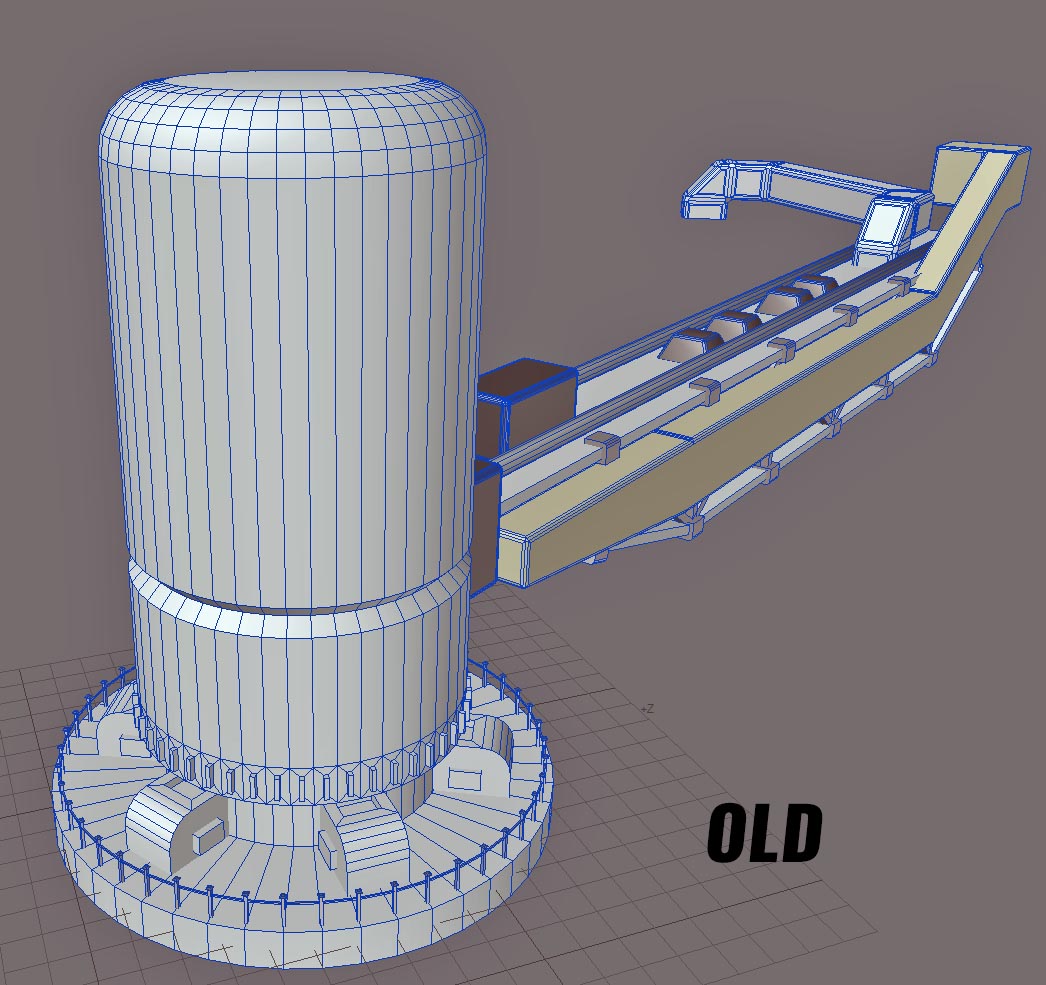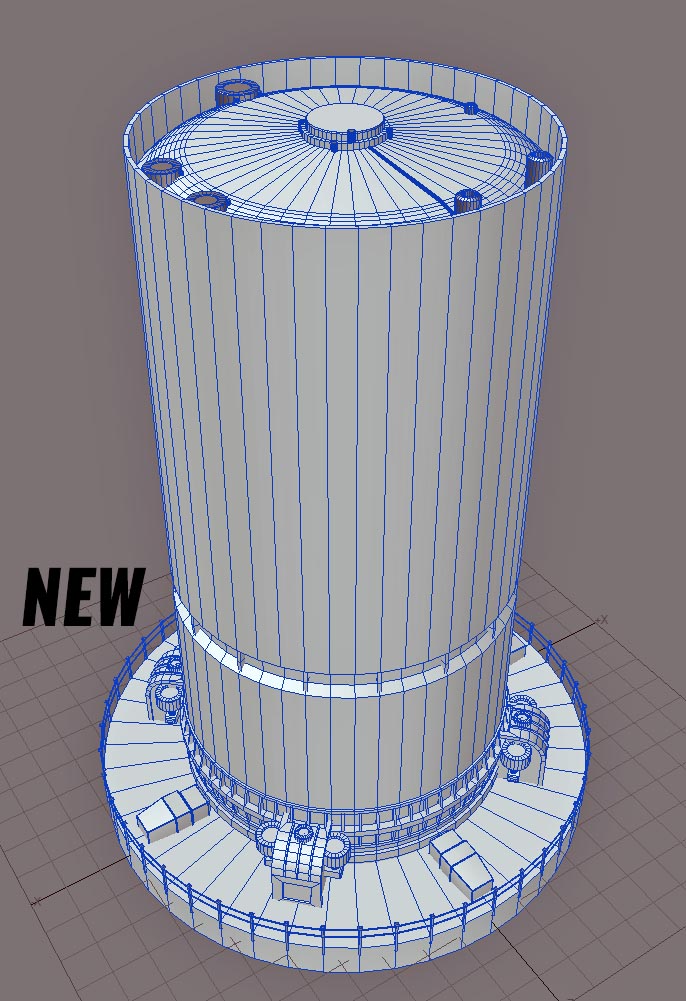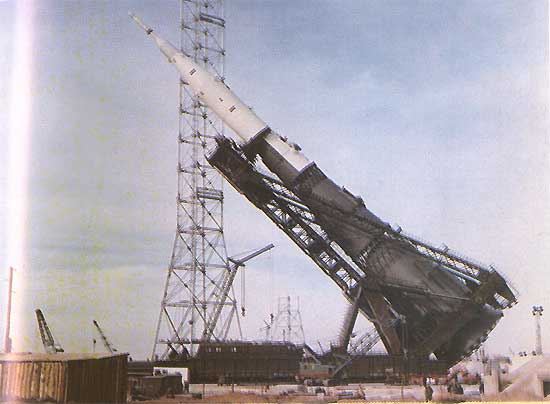Working on various elements of this rocket, with no particular plan.
I’ve also started looking at the various differing elements, such as the fairings and the number of boosters.
Anyhow, here are a selection of renders!
The Art and Graphics of Nick Stevens. Available for hire.I specialise in unbuilt space projects, and the spacecraft of the Soviet Union.
Working on various elements of this rocket, with no particular plan.
I’ve also started looking at the various differing elements, such as the fairings and the number of boosters.
Anyhow, here are a selection of renders!
I decided I really ought to go back and finish up the Delta II rocket. There were no real blockers, I just let it slip somehow…
As is often the case I like a spacecraft with a distinctive shape, and it’s also cool that I can easily make several variations with different logos and numbers of boosters.
Here’s how it’s coming along!
 Continue reading “Current Work In Progress, Delta II rocket”
Continue reading “Current Work In Progress, Delta II rocket”
This is a design that was considered for the (much) later Long Stay Apollo missions, where the LEM would be on the Moon for a long time. And there were concerns about reliability.
So they came up with a light weight design that would be a few bits strapped together, to get the astronauts up into munar orbit, where the command module might be able to rendezvous with them.
But it would not have been needed for the cancelled missions, and the ones beyond that were not studied in any great detail, so the design was not taken any further.
There are some interesting variations described on Wikpedia here:
https://en.wikipedia.org/wiki/Lunar_Escape_Systems
Finishing up the historical Soviet rocket from 1935, “Aviaveento”.
As usual everything done in Lightwave 3d, this one os based on some old Russian language books I bought on Ebay.
I’m a little unsure abut the long indented areas along the main hull. The references were a bit contradictory. But all those knobbly rivets were really there!
Continue reading ““AVIAVEENTO” “АВИАВНИТО” Historic soviet rocket”
I’ve restarted working on the models I did of the manned Soviet Lunar program, with a view to taking them to the next level.
I’m starting with the rotating gantry, here are the old and new versions of the hub:

 Continue reading “N-1 – Restarting work on the Manned Soviet Lunar Program.”
Continue reading “N-1 – Restarting work on the Manned Soviet Lunar Program.”
I did all the custom graphics for this book, and am waiting for my copy to arrive.
It is about getting the cost of reaching orbit down to a managable level, and the history of how we have got here. It includes an extensive history or space exploration.
And there’s a considerable amount about the non-rotating skyhook, which was the focus of my graphics work.
I am particularly pround of the video, which shows a complete mission. This includes how a craft would rendezvour with the lower end of the skyhook, and get haulled up to the main station. It would then be transferred to the upper end, and reeled out before being released.
All visuals by me, and the soundtrack, (Done using the SmartSound system).
Continue reading “Opening the High Frontier – the book is out!”
A couple of new items using the Human Outer planet Exploration vehicle, with VASIMR engines.
Graham Gazzard has done some wonderful renders of the mesh!
You can follow him on twitter here:

Continue reading “HOPE VASIMR Guest renders and a short video”
There is still much debate about why the Soviet Union – which was consistently way ahead in the early days of space exploration, failed to beat the USA to putting a man on the Moon. But while there is some disagreement over which factors were the most important, there is considerable consensus about which factors drove this.
The USA made putting a man on the Moon the key national objective, from before they had even put a man in orbit. Pretty much the entire space program focused on this objective. By the time this became a national objective in the Soviet Union, 2 years later, time was very tight to develop a powerful enough rocket, and get the required expertise in flight systems.
 Also, at the time the speech was made, the Soviet Union was so obviously far ahead, they did not take the US intention seriously.
Also, at the time the speech was made, the Soviet Union was so obviously far ahead, they did not take the US intention seriously.
Continue reading “Why did the Soviet manned Lunar program fail?”
Identifying N-1 variants. I mentioned this briefly in an earlier post, which featured some images I stitched together from video, but here it is in a bit more depth.
You are generally trying to distinguish between 5 different N-1 variants in photographs, the four that flew, and the weight model. This is most easily done via the colours, though there are several other differences.
This post is not about ALL the differences between the variants, just about how to tell which rocket is which.
This is easy to identify, as it is the only one with entirely grey first and second stages. The third stage is half white, with the white part facing upwards on the transporter, which is the side away from the gantry once the rocket has been erected. It was transported to the pad in winter, and there are photos of it with snow on.

Note that there was no green on any of the N-1 variants! This is a widely held misconception, as many museums show it as green, (including the London science museum, and many Russian museums too). Olive green was only used to camouflage missiles, (and green would make lousy camouflage in Baikonur at the best of times). This error has spread to the point where photographs have been tinted to make them look green). And sometimes it was just poor quality film stock.